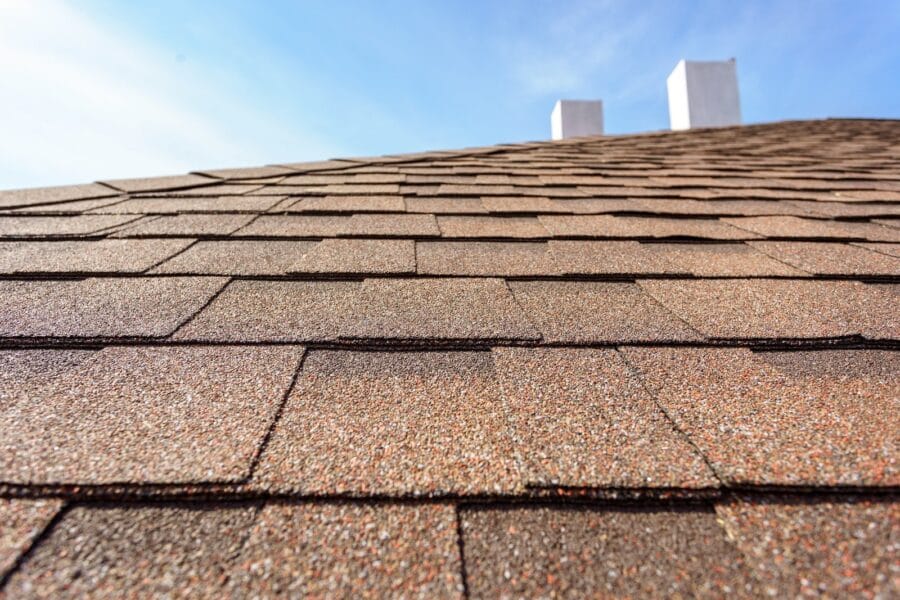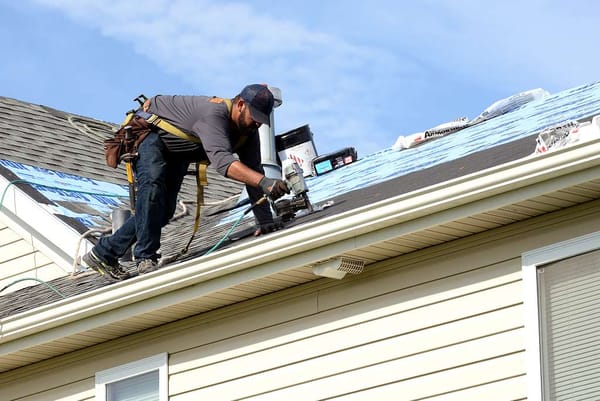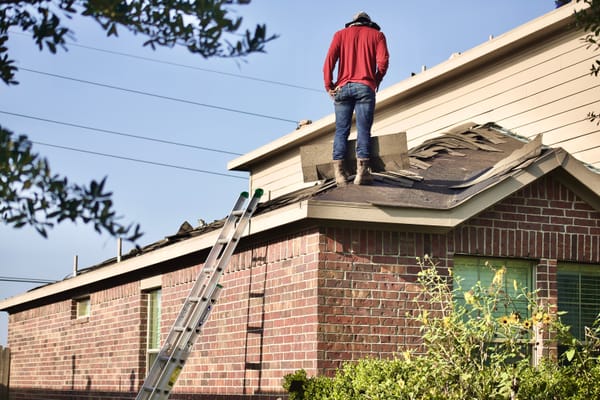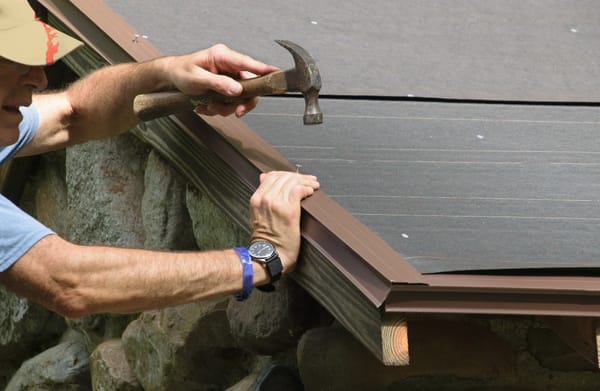Are you facing the daunting task of replacing your roof? Whether it's due to wear and tear or a necessary upgrade, the process can be overwhelming. However, with the right guidance, you can navigate through it smoothly. Here are six practical tips to help you make informed decisions and ensure a successful roof replacement.
1. Hire a Reputable Contractor
Finding the right contractor can make or break your roof replacement experience. Research local roofing companies read reviews, and ask for recommendations. Verify licenses and insurance to ensure you're working with a reputable professional. If you live in Columbia, visit kangaroof.com to connect with a trusted roofing expert. A skilled contractor will not only execute the replacement efficiently but also provide valuable insights on materials, timelines, and potential challenges.
2. Assess Your Roof's Condition
Before diving into the replacement process, take a close look at your existing roof. Identify any signs of damage, such as missing shingles, leaks, or sagging areas. Assess the overall condition and determine whether a full replacement is necessary or if repairs could suffice. This initial evaluation sets the foundation for the rest of your decision-making process.
Check for Shingle Damage
Inspect each shingle for signs of wear, curling, or cracks. Damaged shingles compromise your roof's ability to protect against the elements. Replace any deteriorated shingles promptly to prevent further issues.
Examine Flashing and Seals
Pay close attention to the flashing around chimneys, vents, and skylights. Damaged or improperly sealed flashing can lead to leaks. Ensure that seals are intact, and consider resealing if necessary. Addressing these issues during the replacement prevents potential water damage in the future.
Evaluate the Decking
Assess the condition of the roof decking for signs of sagging, rot, or water damage. A stable and secure decking is essential for the structural integrity of your roof. If you notice any weaknesses, address them before proceeding with the replacement to avoid complications down the line.
Inspect Attic Ventilation
Proper attic ventilation is often overlooked but plays a crucial role in maintaining your roof's health. Check for adequate ventilation to prevent heat buildup and moisture retention. Poor ventilation can lead to issues like ice dams and mold growth.
3. Choose the Right Materials
Selecting the right roofing materials is crucial for the longevity and functionality of your new roof. Consider factors such as climate, budget, and aesthetics. Asphalt shingles are a popular and cost-effective choice, while metal roofing offers durability and energy efficiency. Research and consult with professionals to find the material that aligns with your preferences and meets the specific needs of your location.
4. Get a Detailed Estimate
When you've narrowed down your choice of contractors, obtain detailed estimates. The quote should include material costs, labor, and any additional expenses. Avoid surprises by discussing potential extra charges upfront. A comprehensive estimate helps you budget effectively and prevents unexpected financial strains during the project.
Clarify Inclusions and Exclusions
Ensure that the estimate clearly outlines what is included in the project scope and what is not. This transparency helps you avoid misunderstandings and ensures that both you and the contractor are on the same page. Be explicit about your expectations, and ask for clarification on any items that may seem ambiguous.
Explore Financing Options
Roof replacements can be a significant financial commitment. Explore financing options available to you and discuss them with your contractor. Some contractors may offer in-house financing or work with third-party financing companies. Understanding your financial options upfront allows you to plan accordingly and avoid any last-minute financial stress.
5. Plan for Weather Conditions
Timing is key when it comes to roof replacement. Plan the project during a season with favorable weather conditions, minimizing the risk of delays due to rain or extreme temperatures. Keep in mind that unexpected weather events can occur, so have contingency plans in place. Working with your contractor to establish a flexible schedule ensures a smoother and more predictable timeline.
6. Prioritize Ventilation and Insulation
Don't overlook the importance of proper ventilation and insulation during the replacement process. Well-designed ventilation systems help regulate temperature and moisture, preventing issues like mold growth and premature aging of the roofing materials. Discuss these aspects with your contractor to ensure they are factored into the overall project plan.
Embarking on a roof replacement project can be a substantial undertaking, but with careful planning and attention to detail, you can navigate the process successfully. By assessing your roof's condition, choosing the right materials, hiring a reputable contractor, obtaining detailed estimates, planning for weather conditions, and prioritizing ventilation and insulation, you'll be well-equipped to tackle this essential home improvement task.






